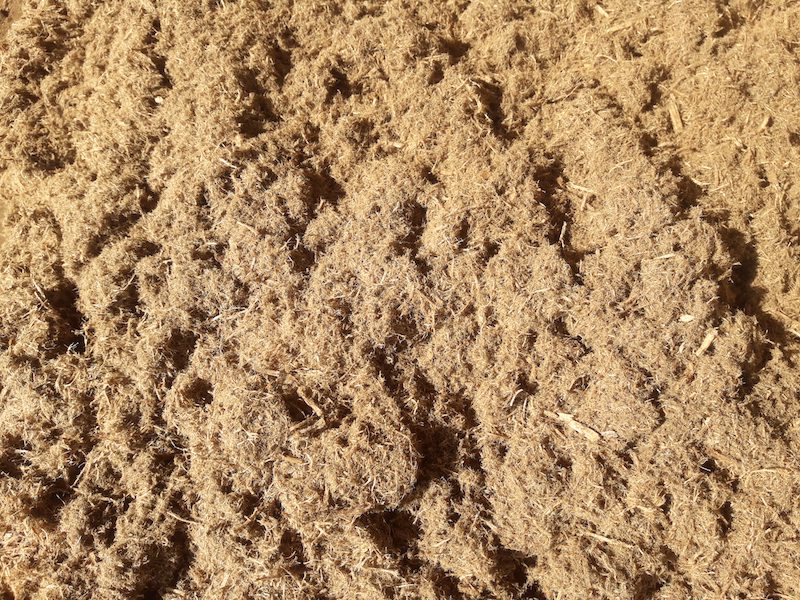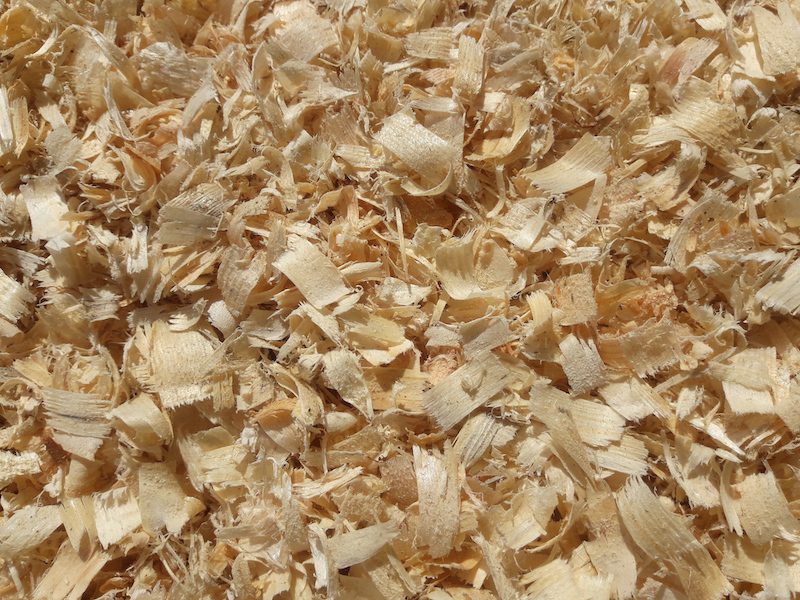The peat for substrate production is extracted from the peatlands of Šepeta, Tyrelis, Liminėlis, Lebeliai and other sites belonging to the Remil Group. Peat is an indispensable raw material for substrate production. Peat is porous, water-absorbing and has a low pH. When properly sieved, it produces a wide range of peat fractions and the physical properties required for substrate production. The addition of lime, fertiliser, clay, agroperlite, wood fibre, etc. produces the desired chemical-physical properties. Peat extraction is carried out between May and August in a layer-by-layer process, in short cycles of 1-2 days. At the beginning of the cycle, the surface of the peatland is loosened (milled), dried intensively, the upper 10-15 mm of dry peat is harvested by specialized machinery and transported to the storage areas, and the cycle is repeated.
Production of an alternative growing medium - wood fibre - was begun in 2024. This is an environmentally-friendly organic material made from natural, locally renewable raw materials - wood processing residues (conifer chips). Wood fibre has a very high air permeability, good water absorption and retention, optimises drainage, provides long-term structural stability, supports healthy and rapid root development, is a lightweight organic material and minimises logistical costs. Wood fibre is a sterile medium, free of weed seeds, harmful nematodes, harmful bacteria, pathogens and fungal pathogens.
Wood shavings made from coniferous wood (softwood) have a strong disinfectant and bactericidal effect, as such wood is rich in various essential oils and resins.
The perlite used in substrate production is a natural volcanic material. When treated at high temperatures, perlite increases in size and swells, changing its structure to become light and porous. This property makes perlite a particularly effective material for horticultural applications. One of the main properties of perlite is root aeration and water retention. Due to its porous structure, agroperlite can absorb water and all the necessary substances within itself and gradually release them to the roots of the plant.
Peat
Peat is an organic material formed from the remains of vegetation. Excess water and lack of air led to the preservation and accumulation of plant residues. Natural peat is classified according to the conditions under which it was formed, in a raised bog (ombrotrophic peatland) or in a lowland bog (minerotrophic peatland).
Raised bog peat is usually formed from the remains of large-leaved peat moss (Sphagnum). Its properties - looseness, good water and air permeability, nutrient retention and sterility - make peat an indispensable raw material for substrate mixtures to assist plant growth.
Lowland bog peat includes mossy and grassy peat and peat with a high wood content. Due to the heat generated by wood residues, we use lowland bog peat to produce peat of a particularly high quality for heating.
The colour of the peat reflects the degree of decomposition of the plant residues, which is classified according to the von Post scale, ranging from H1 to H10 (see figure).
According to the degree of decomposition, peat is divided into slightly decomposed, moderately decomposed and highly decomposed peat.
To ensure the quality of the peat produced and sold, and for the convenience of customers, UAB Durpeta classifies peat into 4 categories:
- Category A: light (blonde), peat decomposition up to H3 (up to 32%);
- Category B: brown, peat decomposition up to H5 (up to 42%);
- Category C: black, peat decomposition up to H6 (up to 62%);
- Category D: very dark, peat decomposition up to H6 (up to 85%);
Peat of all categories is packaged in bulk bags (FIBC) and bags of different sizes.
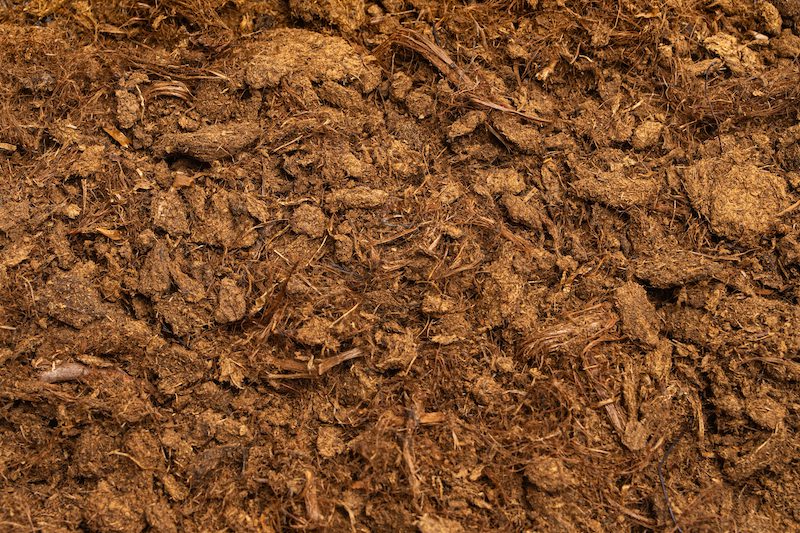
Light (blonde) peat
This is a yellowish-brown peat where the plant material is only slightly decomposed and the plant residues are still clearly visible.
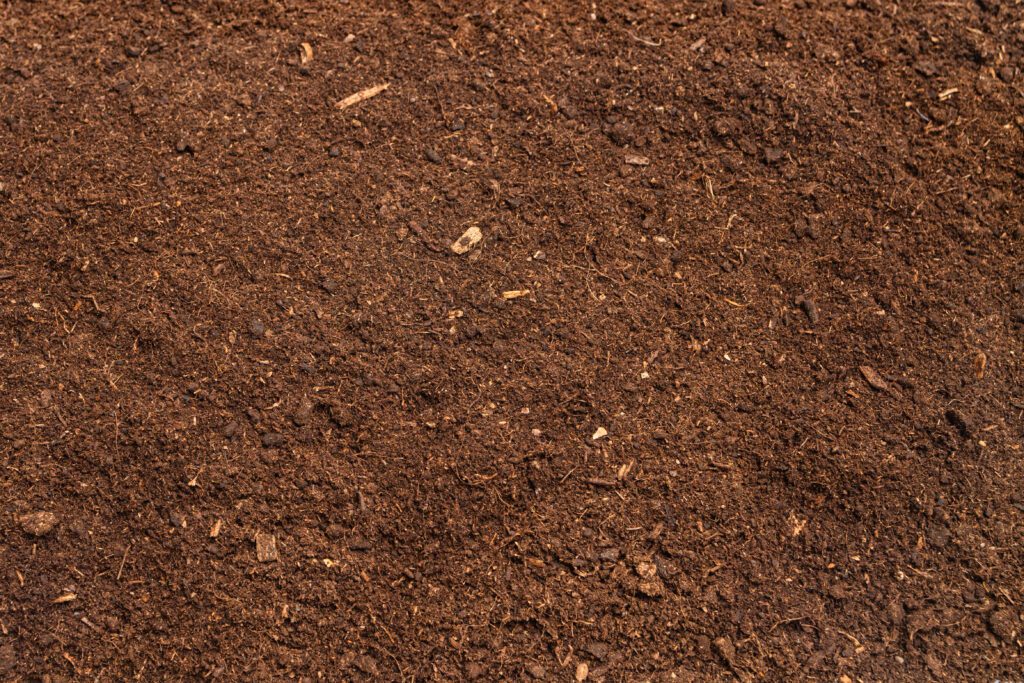
Black peat
The main characteristic of black peat is that it is a highly decomposed peat (von Post H6-H7), so it will not decompose further during the plant growing process.
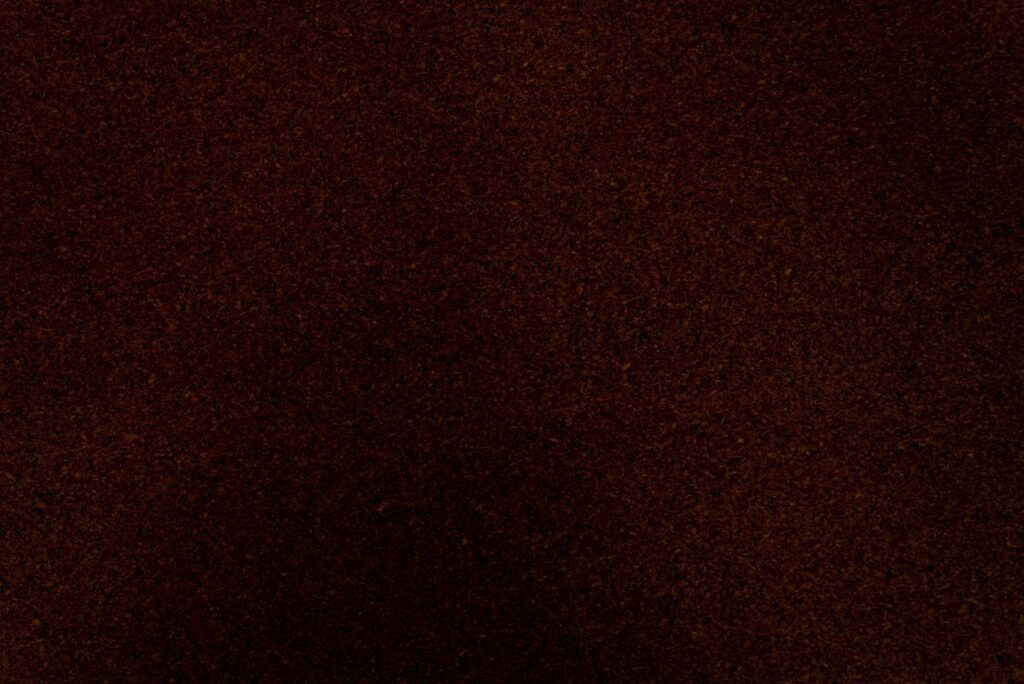
Very dark peat (sedge peat)
Very dark peat (sedge peat) is the deepest and oldest layer in peat bogs.



